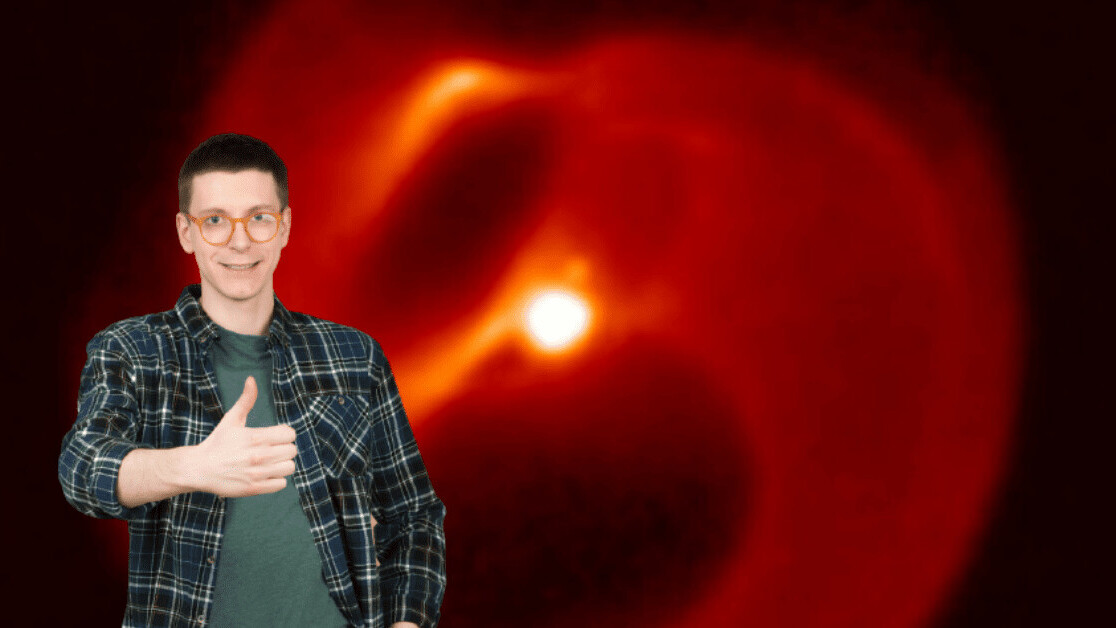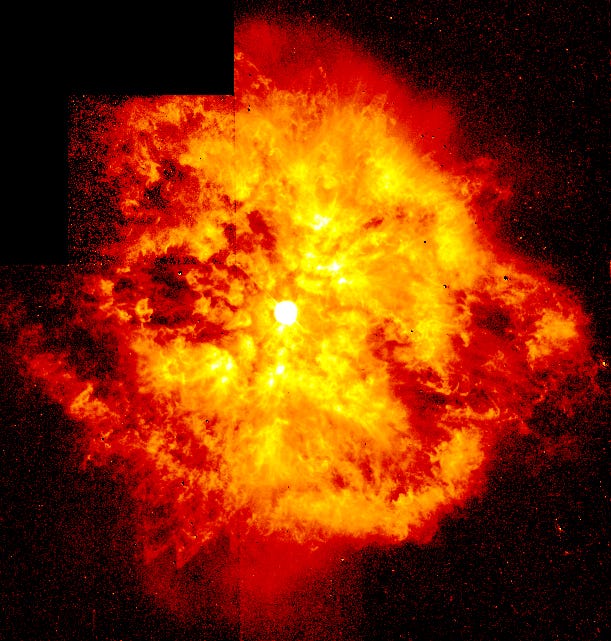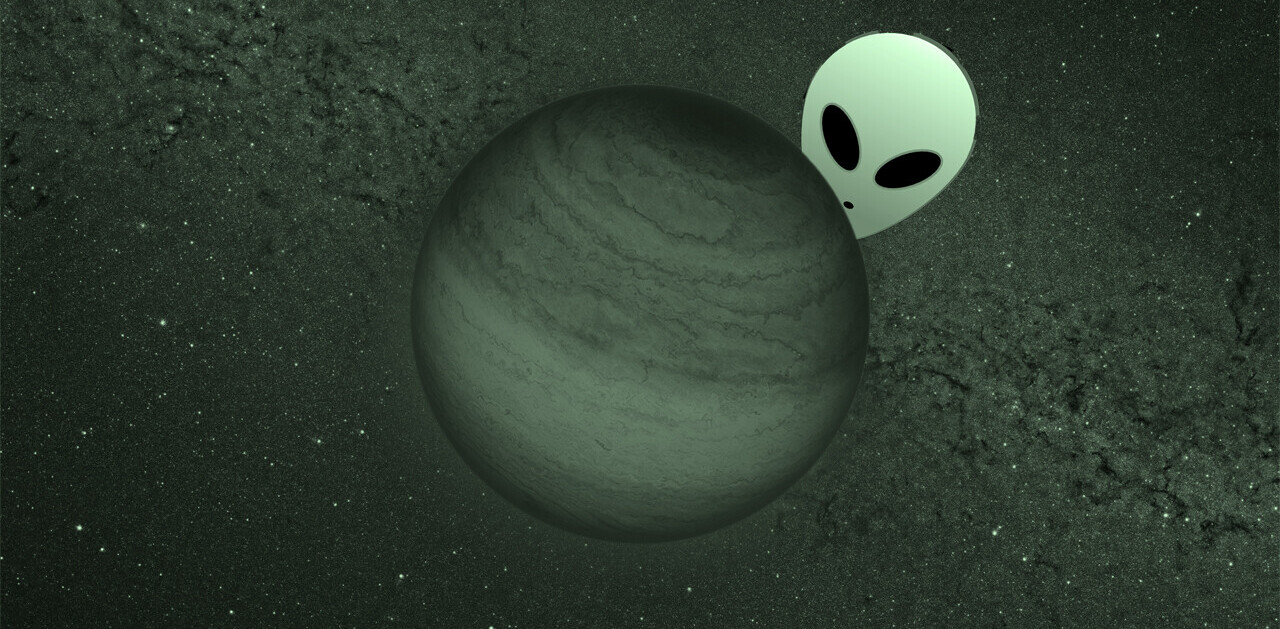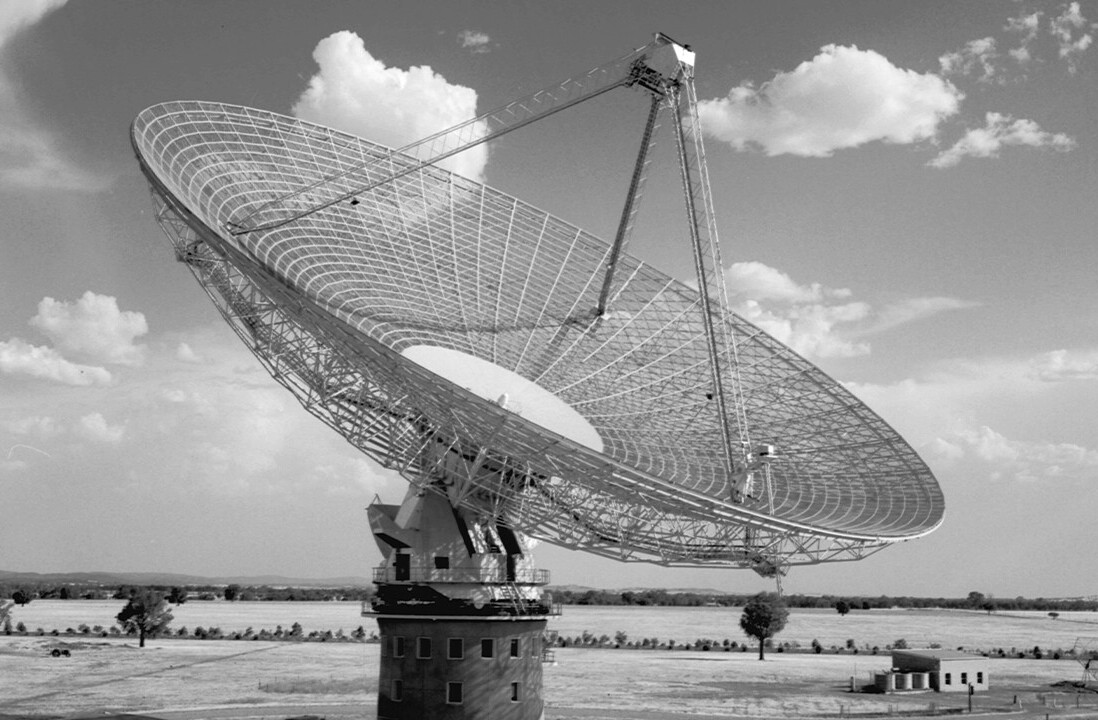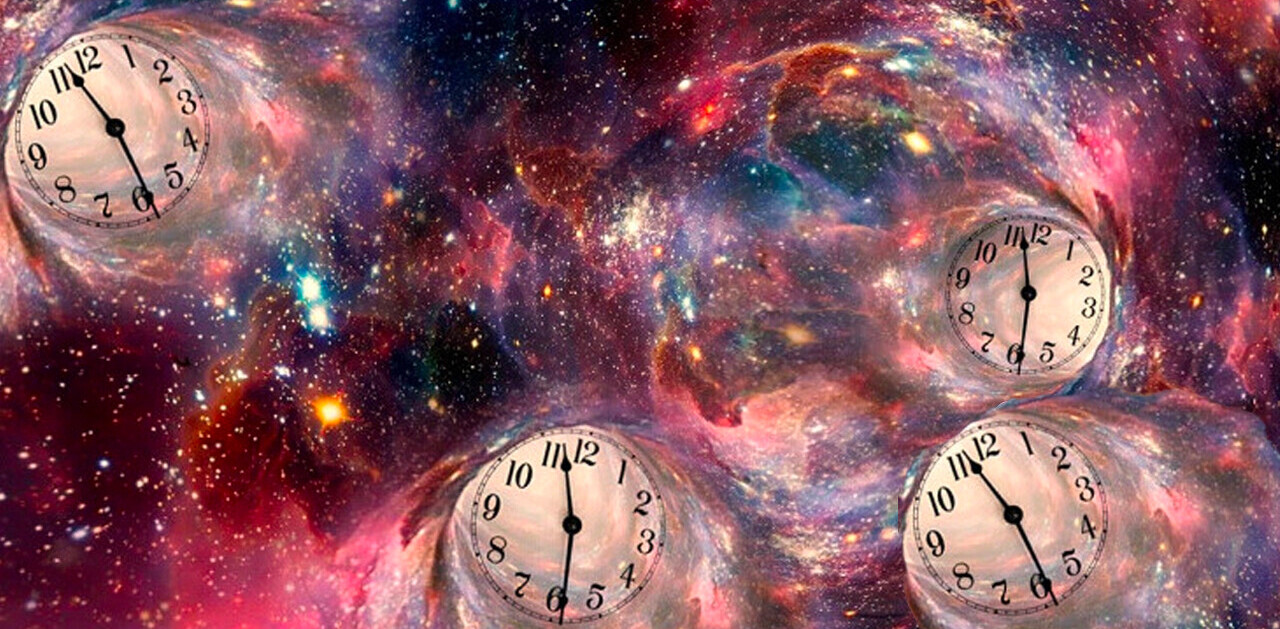Apep is a rare stellar system containing a pair of doomed Wolf-Rayet stars, orbiting each other 8,000 light years from Earth. A new study reveals this system could erupt as the first gamma ray burst ever seen in our home galaxy.
Wolf-Rayet stars are on the verge of exploding as a supernova, and they are destined to leave behind exotic corpses such as neutron stars and black holes. These massive stars account for only one in 100 million stars throughout the Cosmos, and binary systems containing a pair of WR stars are exceptionally rare.
The Wolf-Rayet at the door
A new study from the University of Sydney examines conditions in one of these bizarre stellar systems.
“Wolf–Rayet (WR) stars embody the final stable phase of the most massive stars immediately before their evolution is terminated in a supernova explosion (Carroll & Ostlie 2006). They are responsible for some of the most extreme and energetic phenomena in stellar physics, launching fast and dense stellar winds,” researchers describe in an article published in The Monthly Notices of the Royal Astronomical Society.
Of the few hundred Wolf-Rayet stars known to orbit within binary systems, some (with the proper conditions) can expel large quantities of carbon dust, driven by stellar winds. As the stars orbit each other, this tail can twist into a stunning spiral — an effect seen in just a handful of stellar systems.
Wolf-Rayet stars are often 20 times more massive than Earth, and these bodies can be millions of times greater than our own Sun. Energy produced by these stars drives massive quantities of helium, oxygen and carbon into space. It is this material — especially carbon — which form the distinctive spiral as they cool.
Apep talk for the ages
The Apep system, discovered just two years ago, is the latest known member of this elite class of binary stars. Each star in the Apep system is between 10 and 15 times greater than the mass of the Sun, with surface temperatures nearly five times greater than the Sun, resulting in the release of 100,000 times as much energy as our parent star. The pair orbit their common center of gravity once every 15 years at a distance approximately equal to the size of our Solar System.
Utilizing high-resolution imaging techniques on data collected by the Very Large Telescope in Chile, researchers were able to produce images with detail equivalent to photographing a chickpea from 50 kilometers (more than 30 miles) away.
However, observations suggested the dust in this system is expanding much slower than theories suggest. While the stellar winds race off the stars at around 12 million kilometers per hour (7.5 million MPH), or roughly one percent of the speed of light, the spiral is expanding at just one-quarter of that rate.
“Aside from the stunning image, the most remarkable things about this star system is the way the expansion of its beautiful dust spiral left us totally stumped. The dust seems to have a mind of its own, floating along much slower than the extreme stellar winds that should be driving it,” said Yinuo Han, from the school of Physics at The University of Sydney. The video below shows The Apep binary star system contains a pair of Wolf-Rayet Stars readying for a colossal explosion. After releasing more energy in a couple seconds than the Sun will produce in 10 billion years, neutron stars or black holes will be born from the explosion.
The study also reveals a relatively simple model to explain the development of the intricate spiral drawn out by the rotating stars.
The leisurely rate at which the spiral is expanding (together with the rapid rotation of the main star in the system) suggests the system might erupt as a gamma ray burst — an event never before seen in the Milky Way Galaxy.
“There has been a flurry of research into Wolf-Rayet star systems: these really are the peacocks of the stellar world. Discoveries about these elegantly beautiful, but potentially dangerous objects, is causing a real buzz in astronomy,” Joe Callingham, co-author of the study from Leiden University in the Netherlands, said.
Following the titanic explosions, the doomed stars will leave behind remnants in the form of neutron stars and/or black holes.
The rapid rotation of the main star in the system could be responsible for the slow expansion of the plume, researchers speculate. The velocity at which stellar winds are ejected from the star could depend on the latitude at which they are released, forming a protective shield around the body, the study reveals. This process could result in slower solar winds emanating from equatorial regions of the star than from higher or lower latitudes.
Having a blast with gamma ray bursts
Gamma ray bursts release more energy in 10 seconds than the Sun will emit over its entire 10-billion-year lifetime.
“First discovered in the late 1960s by military satellites, little progress was made in understanding these energetic events until 25 years later when the Compton Gamma Ray Observatory with the Burst and Transient Source Experiment (BATSE) was launched,” Swinburne University recalls.
Two types of these events are seen — short and long burst, with those events lasting less than two seconds classified as short term bursts. Astrophysicists believe that short-term bursts are the result of collisions of neutron stars, while long-term bursts are the result of a supernova driven by the core collapse of a massive star into a black hole. The video below shows a look at the potential dangers to Earth of a gamma ray burst.
Apep (otherwise known as 2XMM J160050.7–514245) is named in honor of the Egyptian god of chaos, and rightfully so. A gamma ray burst like the one expected from the explosion of Apep could result in a mass extinction on Earth, even from far across the galaxy — provided the discharge from the eruption were aimed in our direction.
Such an event could result in the rapid depletion of ozone from our atmosphere, and increased acid rain across the planet. Studies suggest the Ordovician–Silurian extinction, the second-largest loss of life in the history of Earth, may have been the result of such a gamma ray burst.
“Water would protect marine organisms from the heat of a GRB, but not from its other effects… Its gamma-rays would convert some nitrogen and oxygen in the atmosphere into nitrogen dioxide, the brownish gas present in urban smog. Nitrogen dioxide would filter out sunlight, turning the skies dark. The cooling effect could trigger an ice age,” Nature reported in 2003.
Fortunately for us, when this system erupts, the energy will be released well away from Earth.
Due to the narrow cone of energy released by gamma ray bursts, we only see a small fraction of these events. Consequently, many more cosmic ray bursts must be happening than just the small fraction seen by astronomers.
While we see, roughly, one gamma ray burst per day taking place in a distant galaxy, the actual number is likely closer to 500 each day. Let’s hope none of those take place in our galaxy with their sights pointed toward our own world.
This article was originally published on The Cosmic Companion by James Maynard, founder and publisher of The Cosmic Companion. He is a New England native turned desert rat in Tucson, where he lives with his lovely wife, Nicole, and Max the Cat. You can read this original piece here.
Astronomy News with The Cosmic Companion is also available as a weekly podcast, carried on all major podcast providers. Tune in every Tuesday for updates on the latest astronomy news, and interviews with astronomers and other researchers working to uncover the nature of the Universe.
Get the TNW newsletter
Get the most important tech news in your inbox each week.
